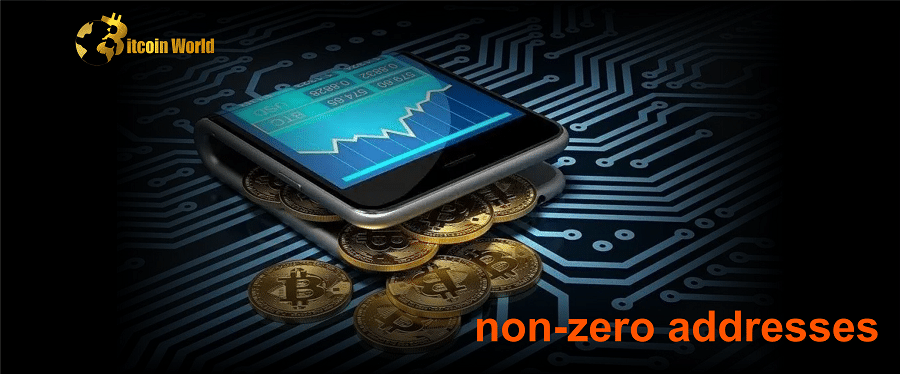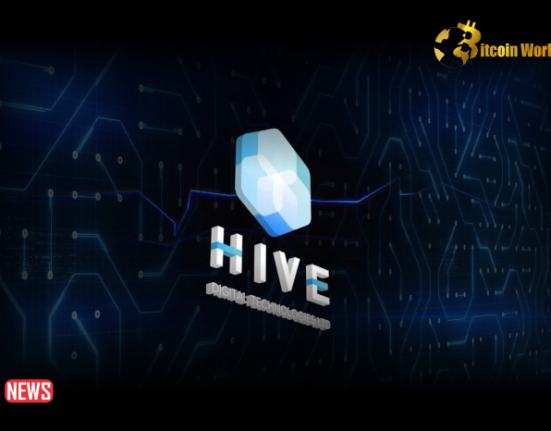According to Glassnode, this is the first time in Bitcoin history that the network has been utilized for reasons other than monetary transactions.
According to crypto analytics platform Glassnode, the debut of Bitcoin nonfungible tokens (NFTs) — known as Ordinals — has pushed the number of non-zero Bitcoin addresses to a new all-time high of 44 million.
Glassnode highlighted in a Feb. 13 report that for the first time in Bitcoin’s 14-year existence, a percentage of network activity is being used for reasons other than peer-to-peer monetary Bitcoin (BTC) transfers:
“This is a fresh and unique point in Bitcoin history, when an invention is producing network activity without a traditional monetary transfer of currency volume.”
According to Glassnode, the increase in Ordinals has led to a “short-term uptick in Bitcoin network utilization of late,” bringing many “new active users” with non-zero BTC balances to the network:
“The major cause of this activity is due to Ordinals, which are carrying a higher payload of data and new active users rather than a significant payload of currency volume,” Glassnode explained.
“This indicates a rise in the user base […] from usage outside of the conventional investment and monetary transfer use cases,” the report continued.
Ordinals is now competing for block space demand, which is “putting upward pressure on the fee market,” according to Glassnode, although this hasn’t resulted in a major increase in Bitcoin transaction costs.
According to Glassnode, the top range of the average Bitcoin block size has climbed from 1.5-2.0 MB to 3.0-3.5 MB in a few of weeks after Ordinals began on January 21.
However, this has not resulted in an increase in fees. While there have been some brief increases, Glassnode claims that a “new lower bound transaction cost necessary for block inclusion” has been attained since Ordinals arrived on January 21.
The Taproot soft fork, which went into effect in November 2021, allowed the technological applications underlying the Ordinal protocol. Bitcoin Ordinals became live on January 21.
Bitcoin users may assign any information to satoshis — the lowest denomination of BTC — using the Ordinals numbering method, allowing them to inscribe Bitcoin-native, nonfungible token (NFT)-like graphics.
So far, over 78,400 NFT-like pictures and films have been inscribed.
However, the influence of NFT-like pictures on Bitcoin has not been without dispute.
Some prominent “Bitcoiners,” like Blockstream CEO Adam Back, have lately expressed dissatisfaction with the Ordinals protocol, claiming that it deviates from Bitcoin’s original goal as a peer-to-peer electronic payment system.
Others, on the other hand, have been more amenable to the notion. Ordinals, according to Bitcoin bull Dan Held, will introduce additional “financial use cases to Bitcoin.”














